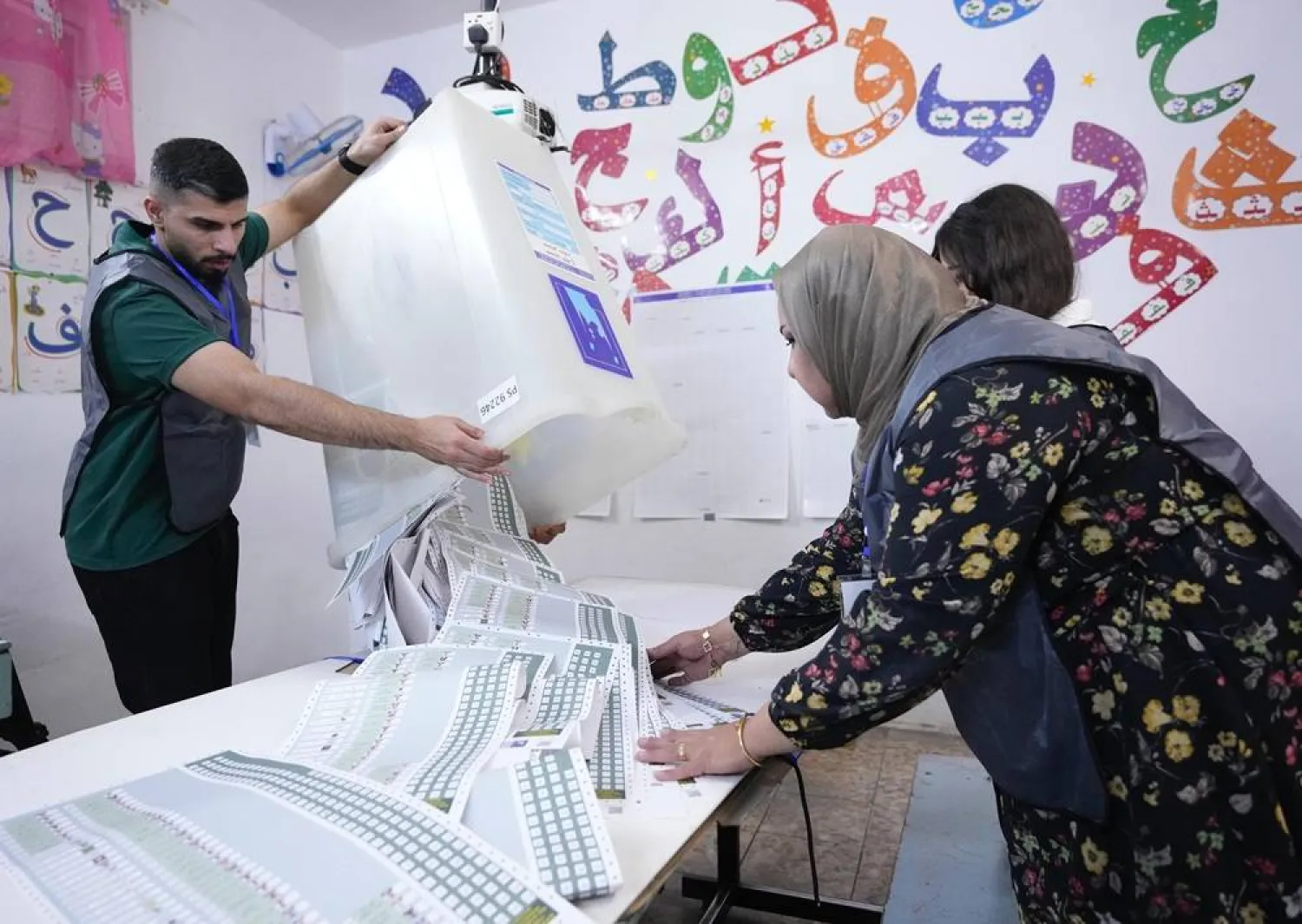The Brussels V Conference on Supporting the Future of Syria and the Region, which took place on March 29-30, has successfully re-energized international attention given to ending the conflict in the war-torn country.
International interest in the battle-weary country had dwindled after US President Joe Biden took the helm in Washington and launched a policy review alongside different US institutions. But Syria is now back to figuring high on the agendas of world states.
Tensions between the US and Moscow, however, continue to loom over Syria, where American and Russian forces come face to face.
Military understandings have managed to prevent a US-Russian clash so far, but growing political dispute between the two major powers remains unresolved and has resulted in a “step-by-step” approach for navigating a settlement in Syria.
Moscow, as one of the key backers of the Syrian regime and its head, Bashar al-Assad, has thrown its full weight behind Damascus’ agenda for constitutional reform and elections.
On April 19, Syria’s parliament is expected to kickstart preparations for upcoming presidential elections. Back in March 2012, the country had held a referendum on a new constitution that allows having multiparty political system and multiple presidential candidates in Syria.
According to the new laws, the presidential poll must be held between 60 and 90 days before Assad's term ends on July 17, and only candidates who lived in Syria for 10 consecutive years prior to nomination can run for president.
More so, article 85 of the constitution says no candidacy for the office of president shall be accepted unless the applicant has the support of at least 35 members of parliament. Each lawmaker has the right to back only one presidential candidate.
Despite the country approving multicandidate presidential elections, no signs of who is planning to run for Syria’s highest office in 2021 have emerged yet.
Back in 2014, Syria held its first presidential race under the 2012 reforms, but Assad was re-elected.
Moscow has fully supported separating Syria having its presidential elections from the ongoing constitutional reform process stipulated by UN resolution 2254, which affirms that the Syrians are the only ones who decide the future of their country away from any foreign interference.
Russian Foreign Minister Sergei Lavrov, in statements on Wednesday, insisted that the 2021 presidential elections cannot be linked to the ongoing process mounted by the UN-sponsored Syrian Constitutional Committee.
Lavrov also reiterated the need for a deadline on the Committee’s work in Geneva and proposed that another round of presidential elections can be held after the Committee succeeding in its mission.
Damascus will likely agree to Lavrov’s proposal, given that it provides a constitutional cover for another term for Assad in office.
US Secretary of State Antony Blinken, since his appointment as the Biden administration’s top diplomat, has tackled the Syria crisis from two main angles: the humanitarian disaster and the fight against ISIS.
For the fifth donors conference for Syria in Brussels, the US was represented by US Ambassador to the UN Linda Thomas Greenfield, not Blinken.
At UN Security Council meetings, Blinken confronted Russia by calling for authorizing more border crossings for the delivery of humanitarian aid into Syria.
“As we’ve heard, an estimated 13.4 million people – two in every three Syrians – are in need of humanitarian assistance. Sixty percent of Syrians are at serious risk of going hungry,” Blinken told the UNSC.
“At present, the most efficient and effective way to get the most aid to the most people in the northwest and northeast is through border crossings.”
“Yet the UNSC has recently allowed the authorization for two border crossings to lapse: Bab al-Salaam in the northwest, which used to deliver aid to approximately 4 million Syrians; and al-Yaroubia in the northeast, which brought aid to another 1.3 million Syrians,” he argued.
Due to objections and obstruction from Russia on behalf of Assad’s regime at the Security Council, the UN has lost three of the four border crossings it used to bring humanitarian assistance into Syria from neighboring countries.
Russia has already signaled that it is not interested in renewing the last remaining crossing point from Turkey into Syria, known as Bab al-Hawa, for the transfer of humanitarian supplies.
Instead, Moscow has been strongly supporting the Assad regime’s demand for all aid to be distributed from Damascus across conflict lines.
This is taking place despite the UN and its aid partners saying that deliveries that go across internal conflict lines have been insufficient and open the door to regime interference on where the aid goes.
US-Russian disagreement at the UNSC, however, did not stop 79 delegations from 52 countries from pledging around $4.4 billion at the 2021 Brussels donor conference.
Nevertheless, partakers at the conference were not optimistic towards the Syrian political process arriving at a settlement soon.
“The conflict is certainly far from over,” EU Foreign Minister Josep Borrell told donors.









